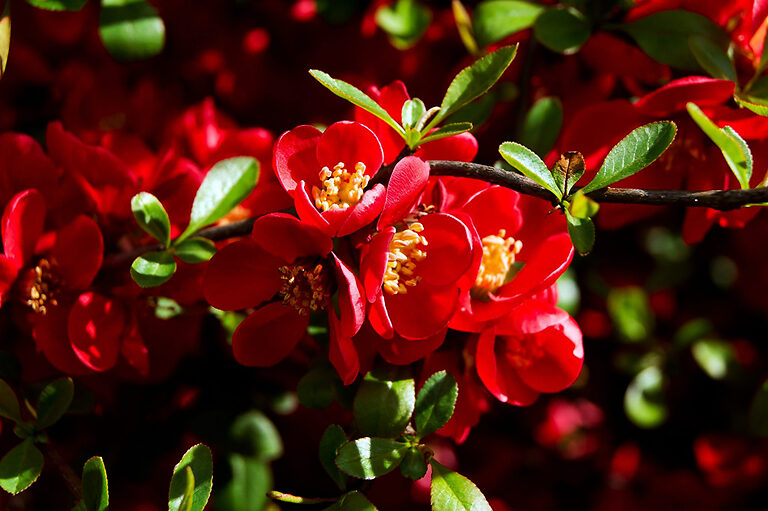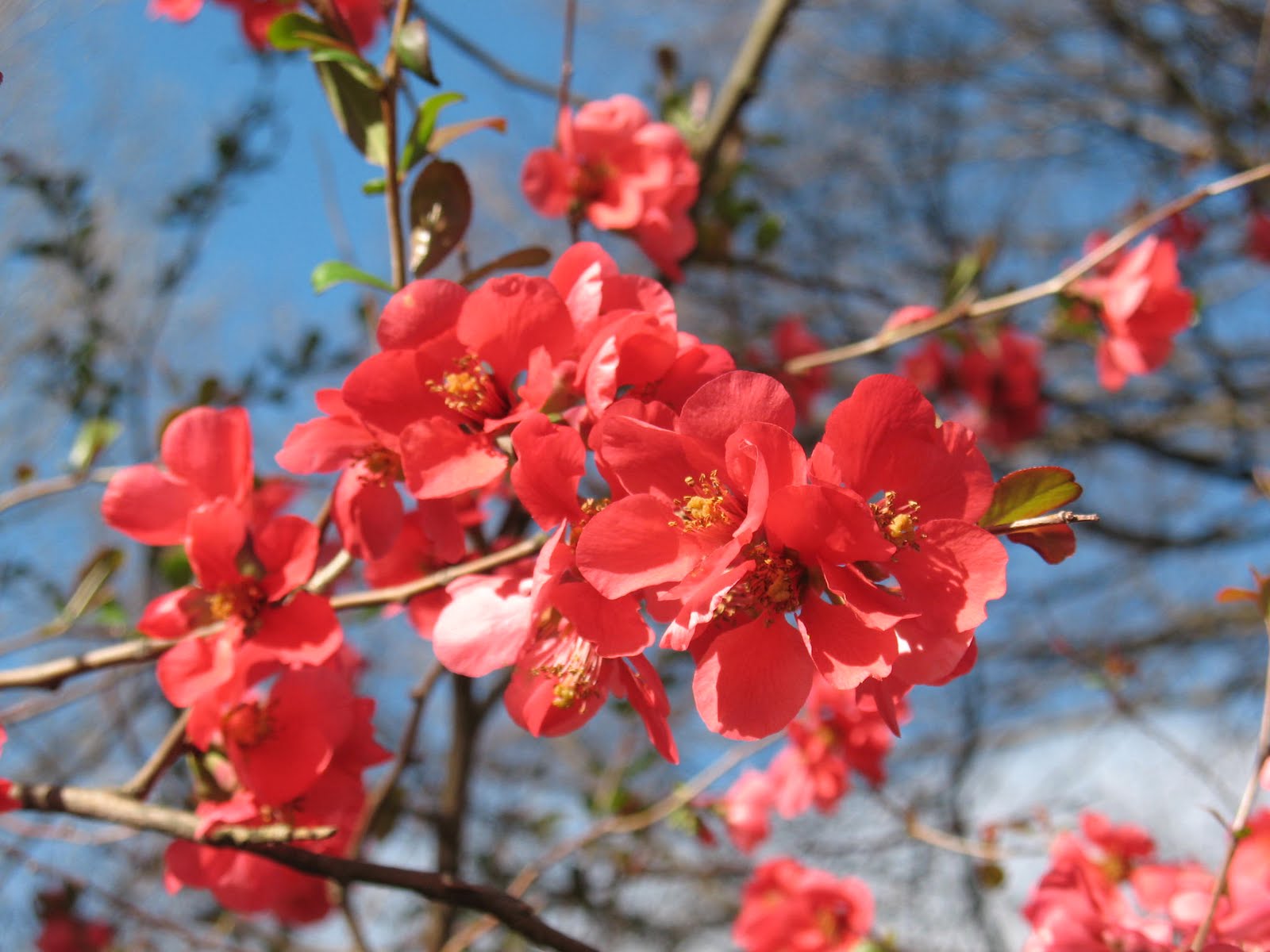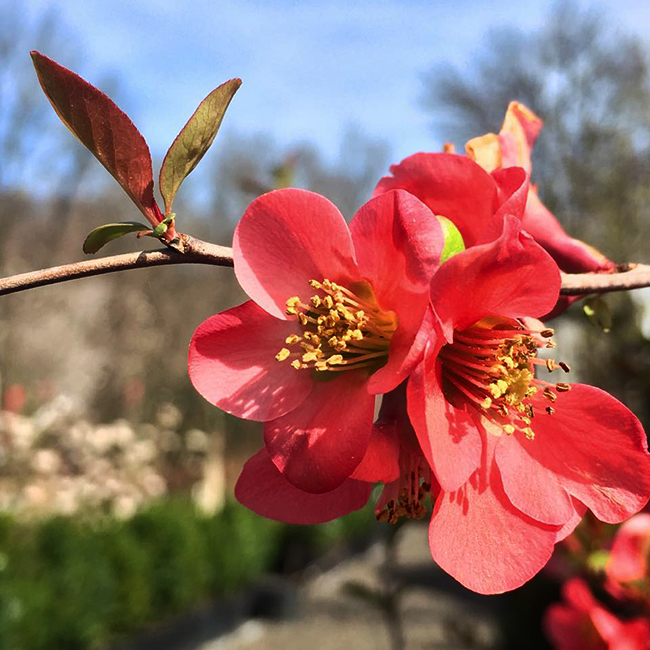Texas Scarlet
Texas Scarlet is a beautiful flowering shrub that is native to China and Japan. It is known for its striking red blooms and is often used in landscaping and gardening projects. But there's more to this plant than just its looks.
Pain Points Related to Texas Scarlet
If you're considering planting Texas Scarlet in your garden, there are a few things to keep in mind. One potential pain point is that the plant can be somewhat difficult to care for. It requires well-draining soil and regular pruning to keep it in shape.
In addition, while Texas Scarlet is resistant to many common diseases and pests, it is vulnerable to spider mites and rust.
Target of Texas Scarlet
Texas Scarlet is popular among gardeners who are looking to add a splash of color to their landscape. The plant is particularly well suited for use as a border or hedge plant, and its beautiful blooms are sure to attract attention.
Summary of Main Points
In summary, Texas Scarlet is a beautiful and popular flowering shrub that can be somewhat challenging to care for. While it is resistant to many common pests and diseases, it is vulnerable to spider mites and rust. Gardeners should keep in mind that the plant requires well-draining soil and regular pruning to stay healthy.
Texas Scarlet and Climate
When I first planted Texas Scarlet in my garden, I wasn't sure what to expect. But after a few weeks, I was pleasantly surprised by how well the plant was doing. It seemed to thrive in the warm and sunny climate.
Upon further research, I discovered that Texas Scarlet is actually well suited for hot and humid climates. The plant is drought tolerant and can even tolerate a bit of shade, making it a versatile choice for a variety of garden settings.

Gardening Tips for Texas Scarlet
If you're thinking of adding Texas Scarlet to your garden, there are a few things you should keep in mind. First, the plant prefers well-draining soil, so make sure to choose a location that can provide good drainage.
In addition, regular pruning is important to keep the plant healthy and looking its best. You should prune the plant in early spring, before it starts to bloom, and remove any dead or damaged branches.
Texas Scarlet and Color Variations
While Texas Scarlet is known for its bright red blooms, there are actually several different color variations of the plant. Some varieties have pink or white blooms, while others have double-petaled flowers.
If you're looking for a specific color or style of Texas Scarlet plant, it's worth doing a bit of research to find the variety that best suits your needs.

Pruning Techniques for Texas Scarlet
When it comes to pruning Texas Scarlet, there are a few different techniques you can use depending on the shape and size of your plant. If you're looking to maintain a specific height or shape, you can use a technique called "heading back" to remove the tips of branches and encourage growth in a certain direction.
Alternatively, if you're looking to create a more natural look, you can use a technique called "thinning out" to remove some of the plant's interior branches and encourage more growth on the outer branches.
Personal Experience with Texas Scarlet
One of my favorite things about Texas Scarlet is how easy it is to propagate. I started with just one plant, but after a few years, I was able to use cuttings to create new plants and expand my garden.
I've also found that Texas Scarlet is relatively low maintenance compared to other flowering shrubs. With a bit of pruning and occasional fertilization, the plant has thrived in my garden and provided beautiful blooms year after year.
Question and Answer about Texas Scarlet
Q: When is the best time to prune Texas Scarlet?
A: The best time to prune Texas Scarlet is in early spring, before the plant starts to bloom. This will give the plant time to recover from pruning and produce new growth before the blooming season.
Q: How often should I fertilize Texas Scarlet?
A: Texas Scarlet generally does not require frequent fertilization. You should fertilize the plant once in the spring and once in the fall with a balanced, slow-release fertilizer.
Q: Is Texas Scarlet resistant to pests and diseases?
A: While Texas Scarlet is resistant to many common pests and diseases, it is vulnerable to spider mites and rust. You should keep an eye out for any signs of infestation and treat the plant promptly if necessary.
Q: How tall does Texas Scarlet grow?
A: Texas Scarlet typically grows to a height of 6-8 feet and a width of 4-6 feet. However, with proper pruning, you can keep the plant at a smaller size or shape it however you like.
Conclusion of Texas Scarlet
Texas Scarlet is a versatile and beautiful flowering shrub that can add color and interest to any garden. While the plant requires a bit of care and maintenance, it is generally resistant to pests and diseases and can thrive in a variety of climates. With a bit of pruning and regular care, Texas Scarlet can provide stunning blooms year after year.
Gallery
Texas Scarlet Flowering Quince (Chaenomeles Speciosa 'Texas Scarlet
Photo Credit by: bing.com / quince flowering texas scarlet chaenomeles speciosa plants plant oklahoma bloom ohio nurseries oaklandnursery
Quince ‘Texas Scarlet’

Photo Credit by: bing.com / quince texas scarlet tidbits warner nursery
Texas Scarlet Quince For Sale Online | The Tree Center

Photo Credit by: bing.com / scarlet quince superba chaenomeles augustine
Texas Scarlet Quince For Sale Online | The Tree Center

Photo Credit by: bing.com / quince superba
TEXAS SCARLET QUINCE – Hinsdale Nurseries
Photo Credit by: bing.com / scarlet texas quince speciosa bordered